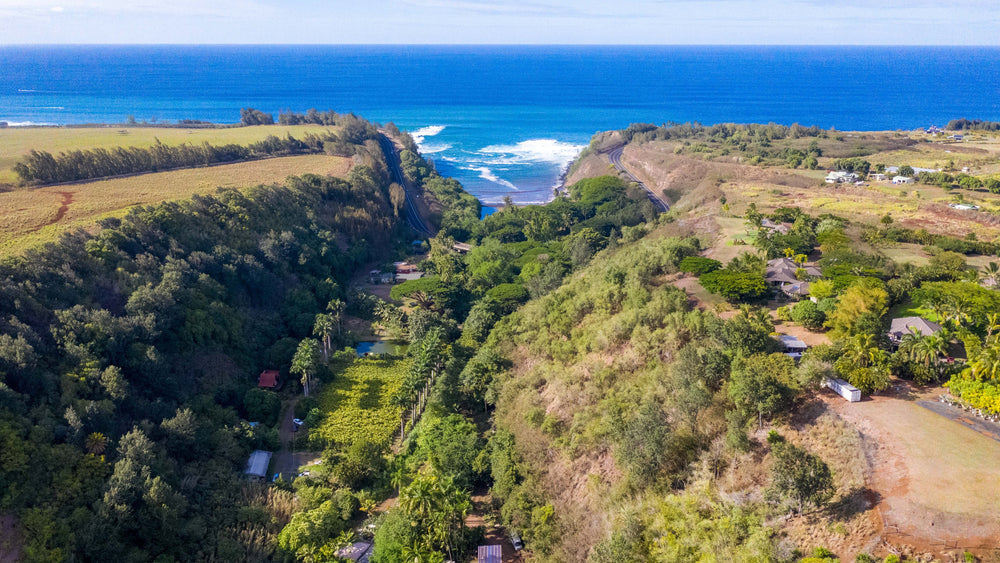The HO’OWAIWAI Watershed Project
This project, pronounced ho-oh-vye-vye, is a collaborative effort between Seatrees and Regenerative Education Centers (REC) to restore and regenerate critical coastal watershed systems on Maui. These watersheds, traditionally known in Hawaiian as Ahupua‘a (pronounced ahoo-poo-ah-ah), represent an ancient system of land and water management designed to sustain both people and ecosystems in balance.
**Note: Maliko Gulch is now an inactive restoration site. With your support, all restoration work here has been completed, and it stands as one of three watershed restoration projects Seatrees and REC have carried out on Maui. Explore the other active project sites above.
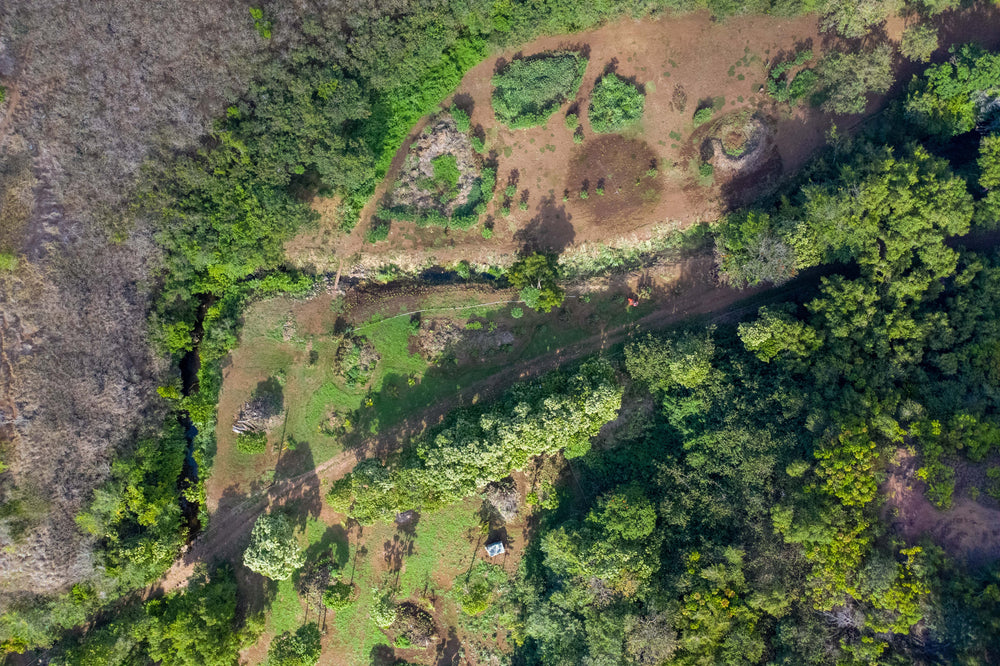
Degraded after years of neglect
Once a vibrant valley teeming with native plants and flowing streams, Maliko Gulch has endured more than a century of misuse. For the past 100 years, the gulch was treated as a dumping ground, leaving behind layers of debris and degraded habitat. This history of neglect has disrupted the natural watershed, weakened soil health, and placed nearby coastal reefs at risk from erosion and runoff.
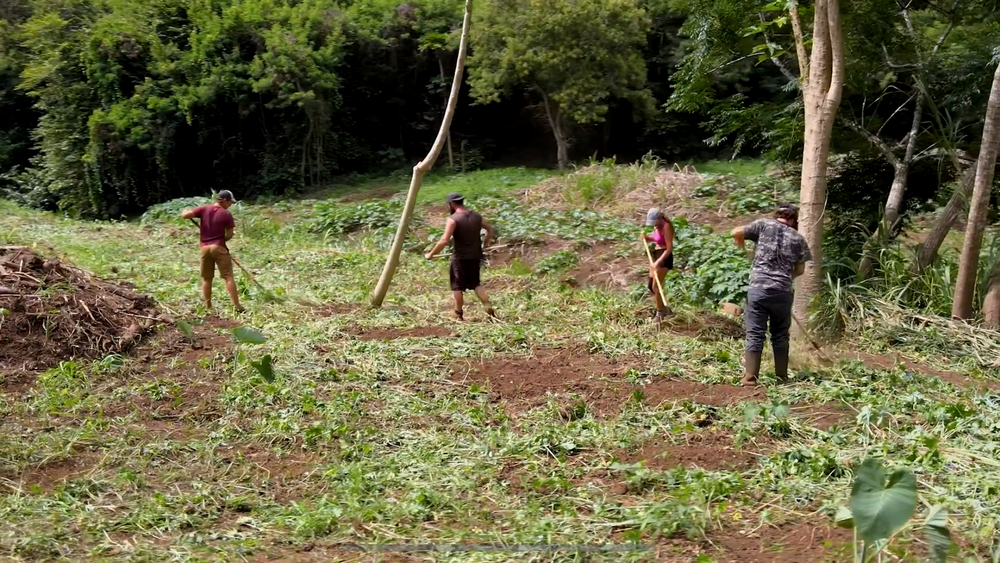
Through the HO’OWAIWAI Watershed Project, Seatrees and Regenerative Education Centers are working to restore Maliko Gulch into a thriving ecosystem once again.
By clearing invasive species and accumulated waste, and replanting with native and voyaging plants, this project will help reestablish the gulch as a healthy watershed—supporting clean water flow, reducing sedimentation, and providing habitat for native biodiversity.
Over time, Maliko Gulch will once again serve as a living example of resilience and regeneration for both the land and the community.
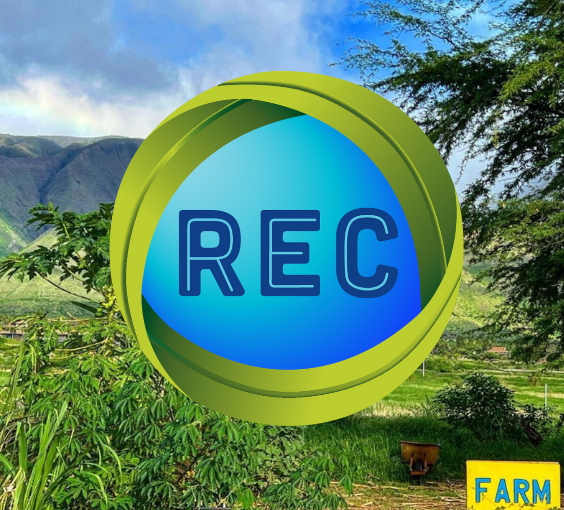
A little further reading...
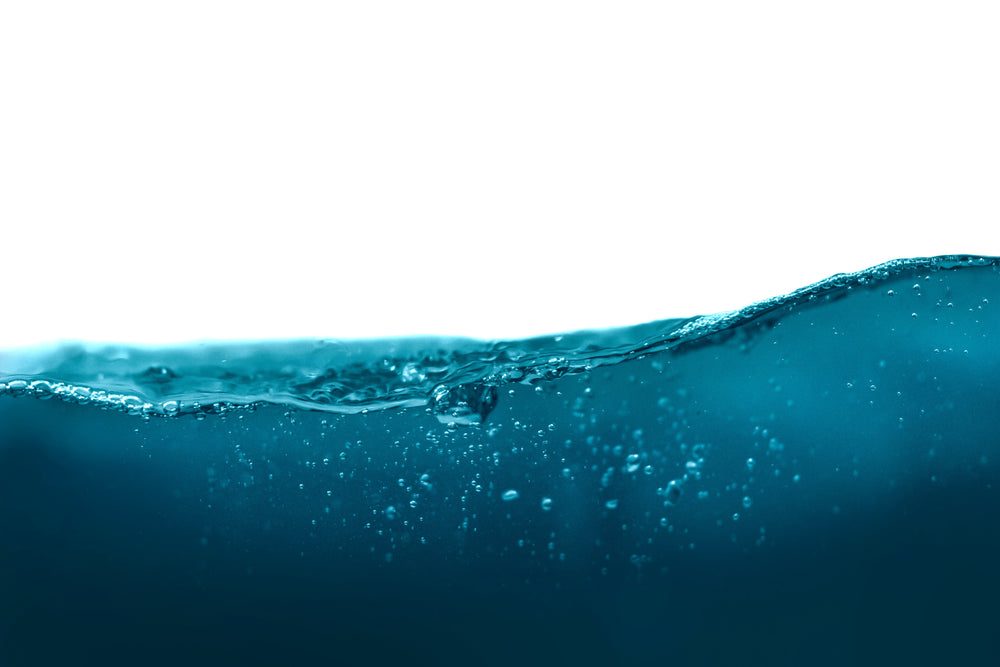
Definition of HO'OWAIWAI
The Hawaiian word for fresh water is "Wai". Water holds so much value in Hawaiian culture, that the word HO'OWAIWAI means “the wealth, enrichment and prosperity that is water”.
SeaTrees has named its efforts in honor of "HO'OWAIWAI", because we hope to restore the real wealth of the land (ʻĀina) back to the local communities.
Thank you to the Kimokeo Foundation for their guidance on Hawaiian etymology.
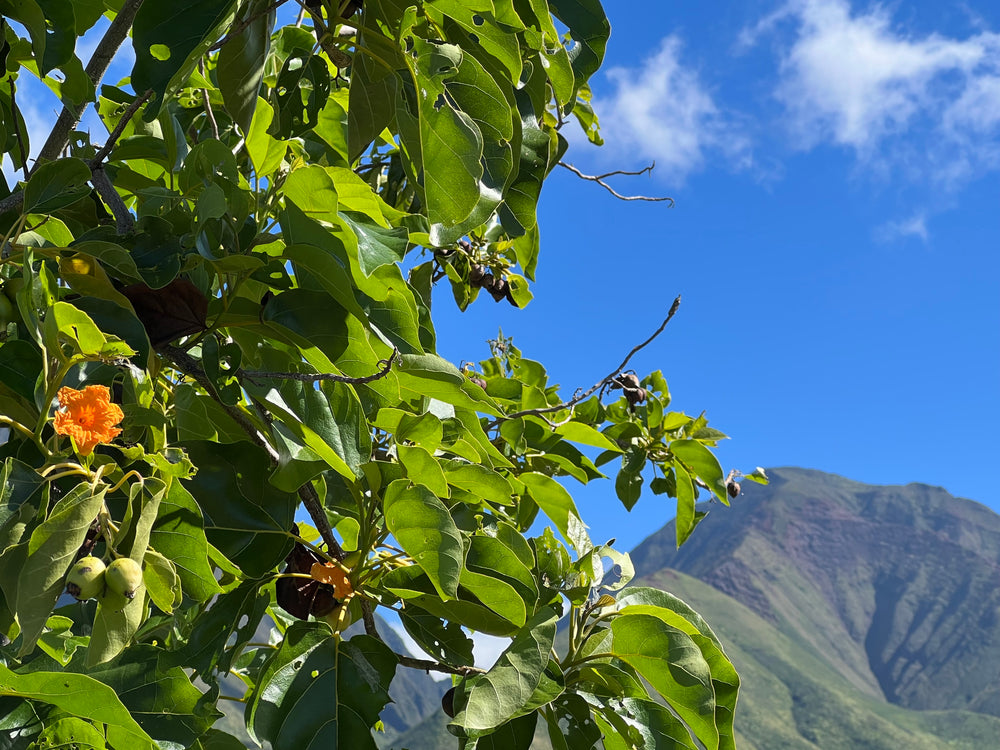
Reintroducing native species
After removing invasive species from the restoration sites, REC replants the area with native and voyaging plants. A few of these native and voyaging species used in this restoration site include:
- Trees: ‘Ulu (Breadfruit), Niu (Coconut), Pu hala (Pandanus), Kou, Milo, Loulu Palm, Hawaiian Kamani,
- Shrubs: Naupaka (Heliotropes) and Pohinahina (Vitex)
- Grasses: Pili, and Vetiver
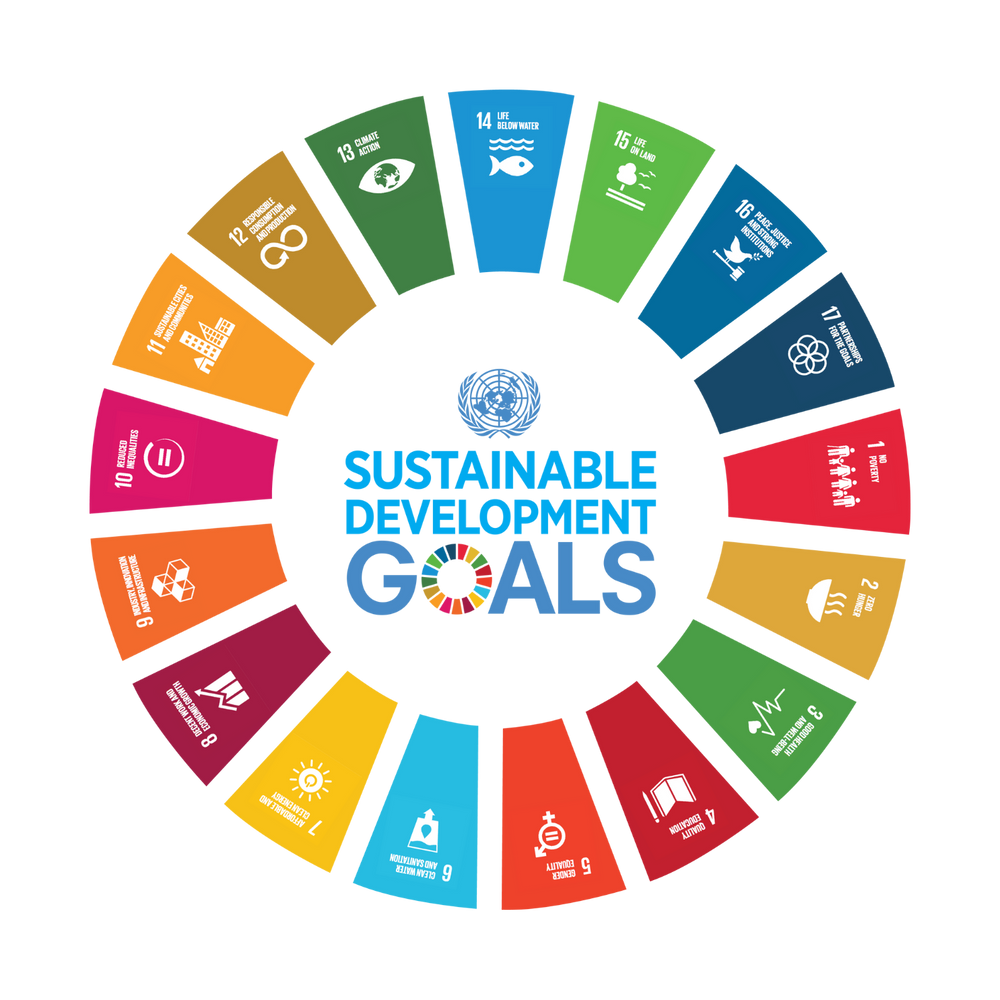
Creating Sustainable Benefits
Our restoration efforts focus on removing trash and invasive species, and growing native plant species in critical areas within the watershed. This then serves the community by providing educational experiences, as a source of organic produce, erosion prevention, and protection for the neighboring coral reefs.
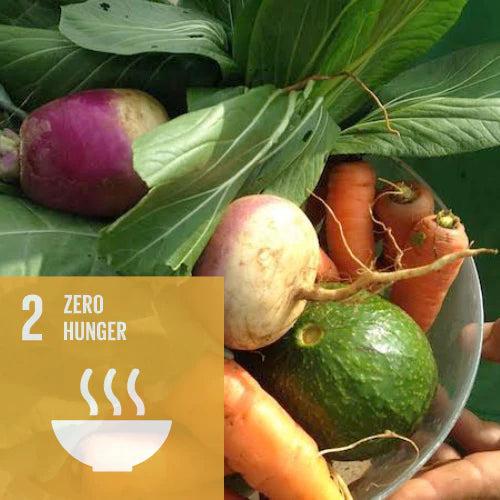
Zero Hunger
Regenerative Education Centers works directly with the local community to develop sustainable agriculture initiatives, which benefit the health of community members as well as the planet.
Approximately 40,000 lbs of food and produce, grown without any fertilizer or pesticides, is given away to the local community through this restoration project.
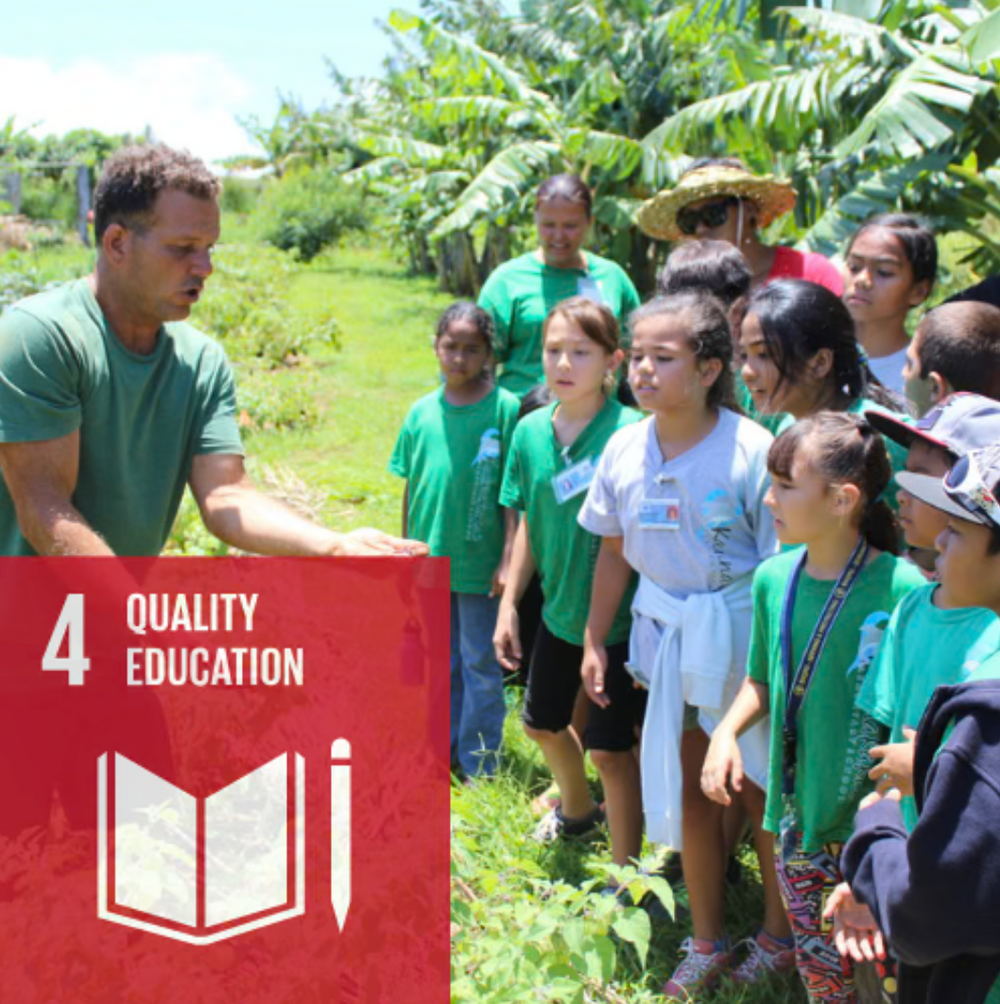
Quality Education
Educating the world and the local community about restoration and regenerative practices is at the heart of of REC’s work. This project creates opportunities for the local community to learn about their local Hawaiian lands, get involved, and see what healthy ecosystems look like.
This project offers educational experiences for students and homeschooled students to visit the restoration project and learn about the regenerative agriculture techniques we are using to heal the land.
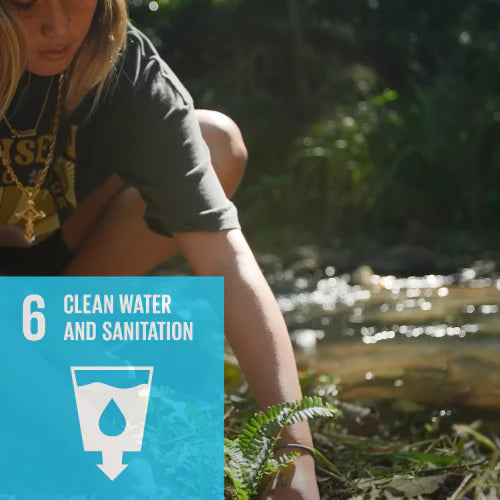
Clean Water
Historic mismanagement and overdevelopment of this watershed have led to significant water quality issues as the streams have become polluted with runoff.
Through our watershed restoration and the implementation of regenerative agriculture methods, we are reducing the soil erosion and sedimentation entering the streams, resulting in direct improvements and protection of the reefs systems that are located at the end of the watershed. Improving this water quality also improves critical habitats for local species, thus protecting the local biodiversity.
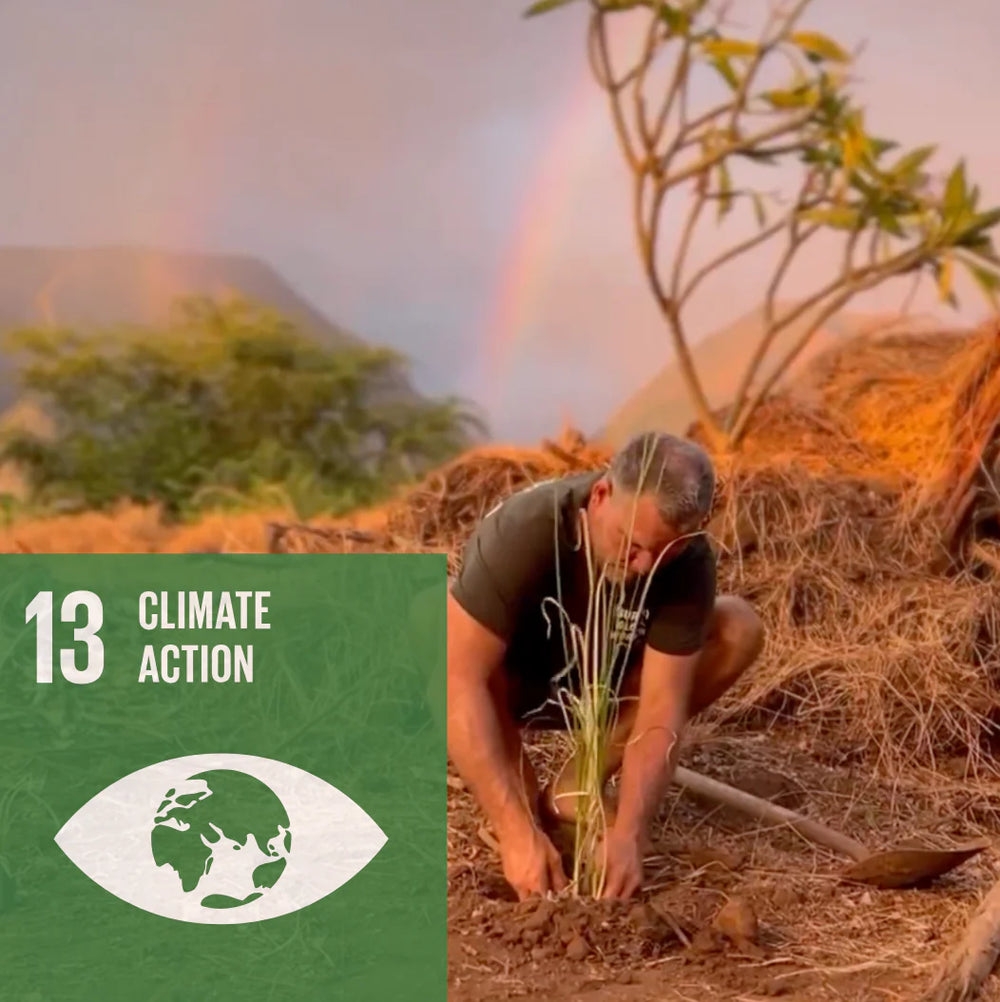
Climate Action
This restoration involves the removal of invasive species from the restoration sites and replanting the area with native and voyaging plants.
Through this process, a significant amount of carbon is sequestered back into the ground by the native plants we are planting back into the watershed.
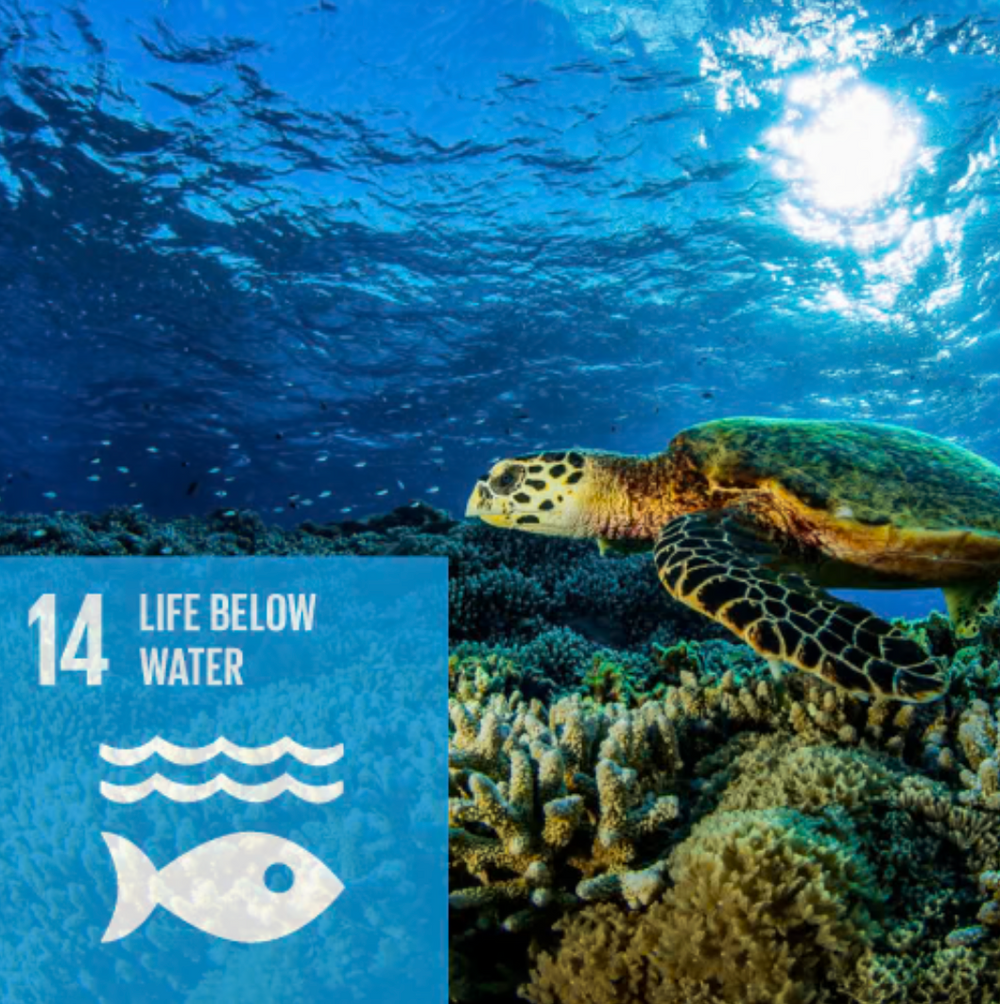
Life Below Water
This project restores and maintains the land by direct restoration of the stream bed and regenerative agricultural practices, which provides protection for the neighboring offshore coral reefs.
Without this watershed acting as a filter to the reefs, the coral reefs would become suffocated by sedimentation runoff and survival rates in both the reefs, and the countless marine species that call these reefs home, would decrease.
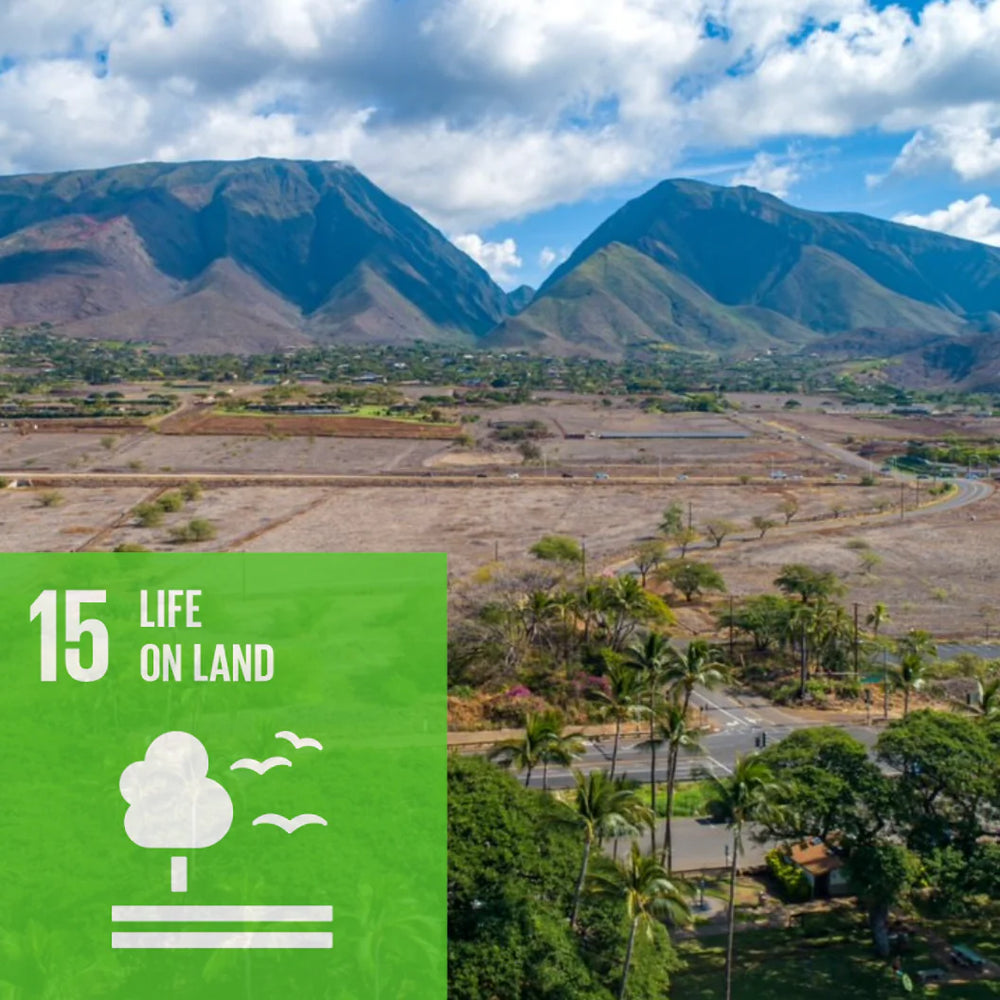
Life on Land
For years, trash has been dumped in the Maliko Gulch and Launiupoko. This restoration effort focuses specifically on removing trash and invasive species (plant and animal), and growing native and voyaging plant species (a mix of trees, shrubs, and grasses) in critical areas within the watershed.
This process holds the land together, reducing soil erosion and sedimentation runoff into the streams. After removing invasive species from the restoration sites, REC replants the area with native and voyaging plants.

